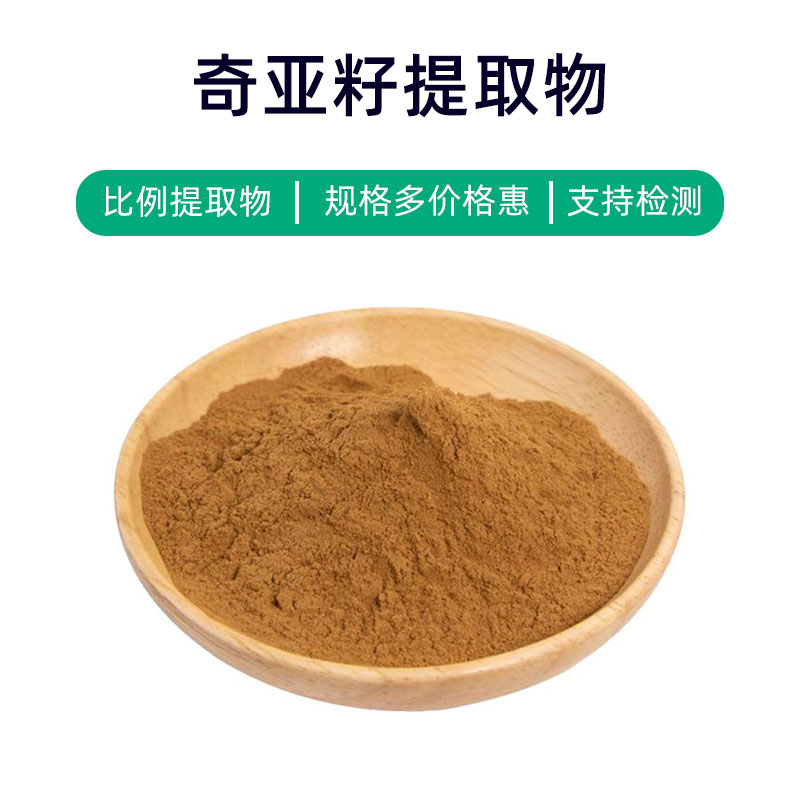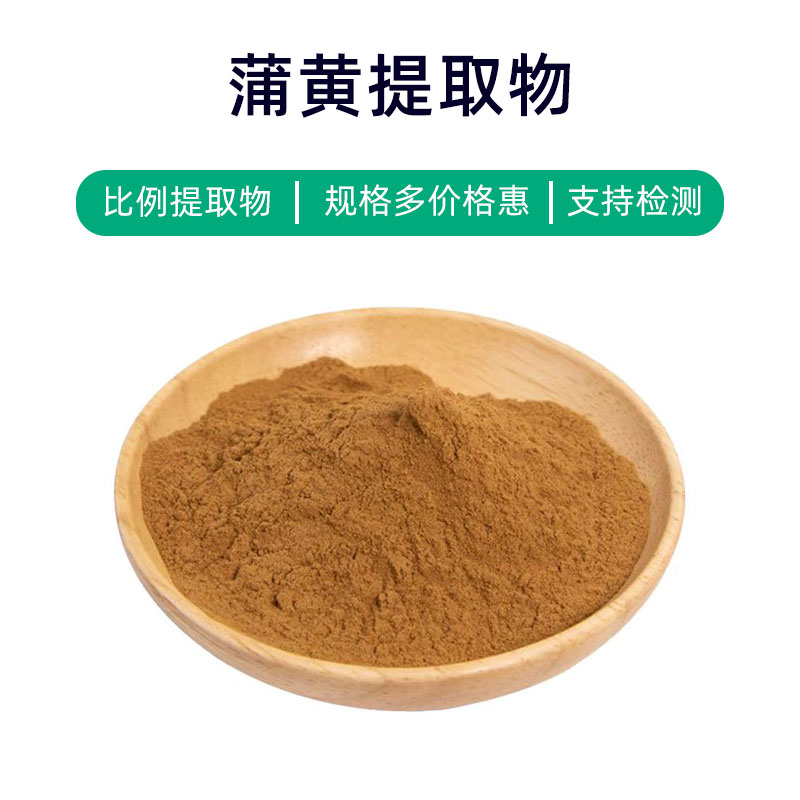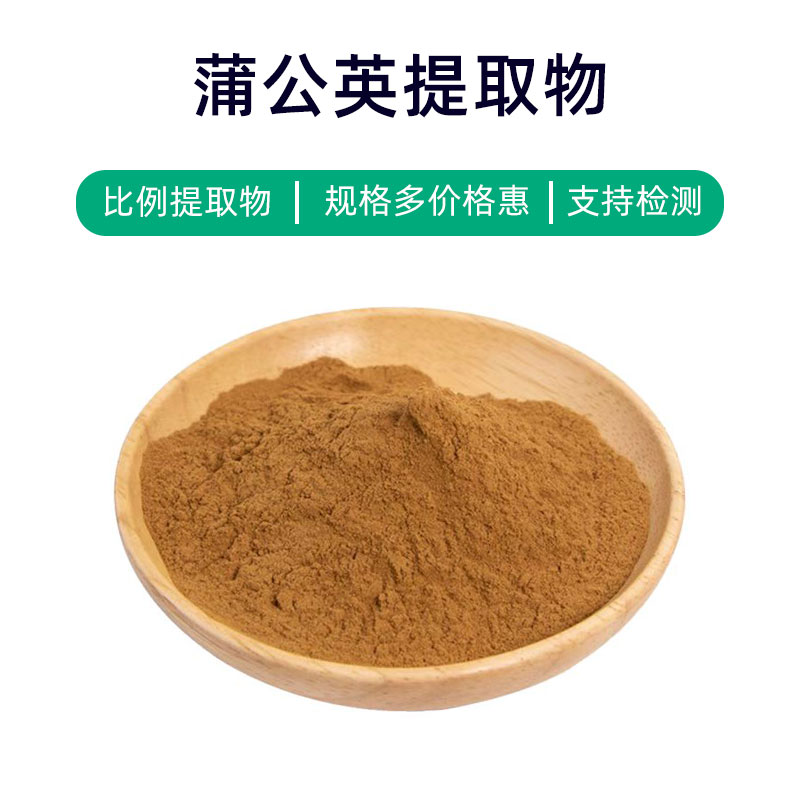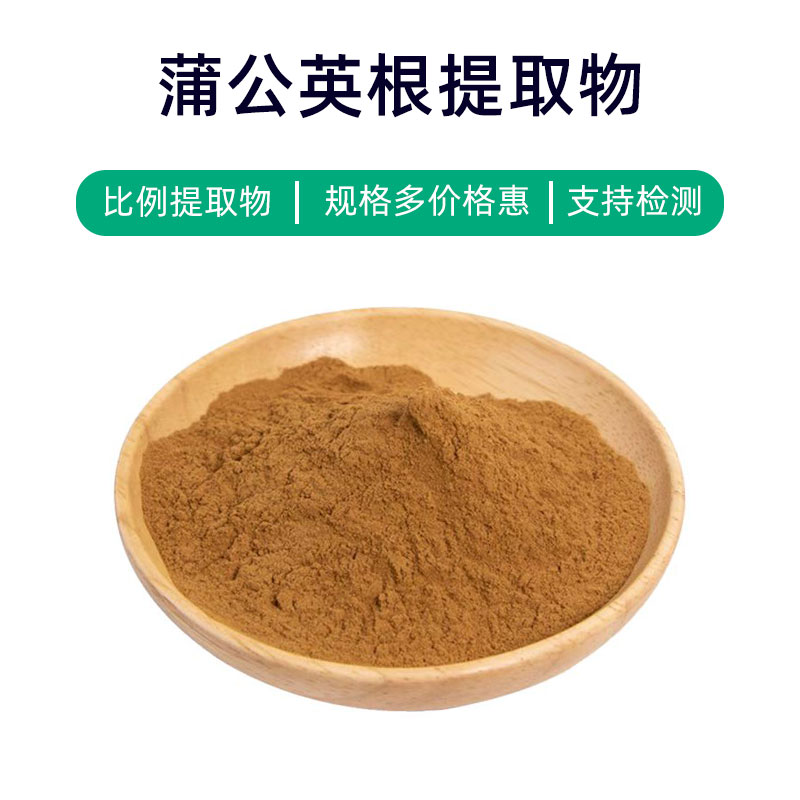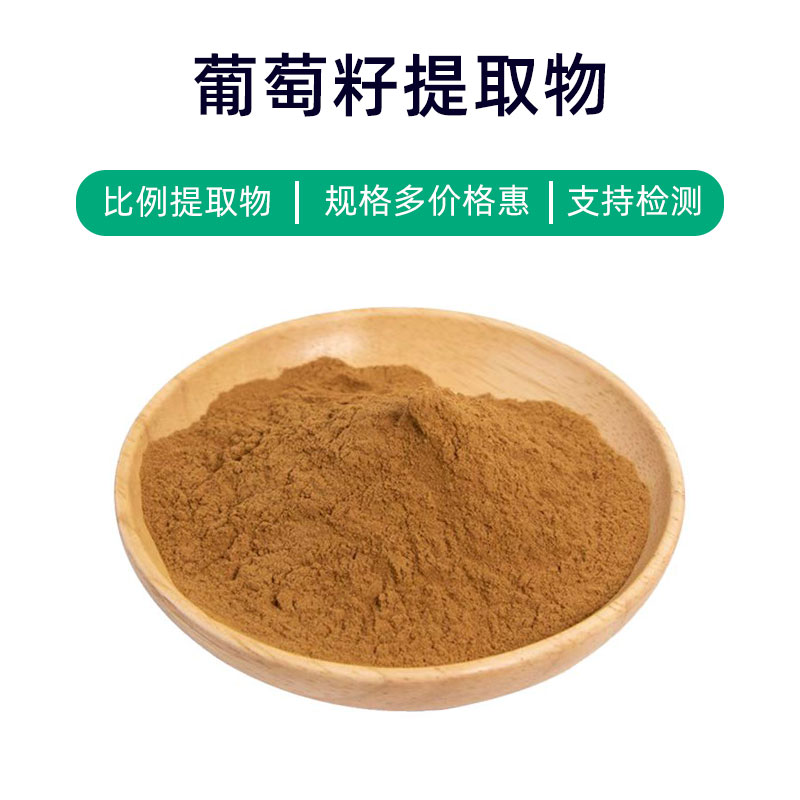Introduction to Angelica dahurica Extract
Angelica dahurica Extract is a natural herbal extract derived from the roots of the Angelica dahurica plant. Its main components include Angelica dahurica lactone, Angelica dahurica ketone, vitamins, and trace elements. Angelica dahurica Extract is extensively used in herbal formulations, dietary supplements, and cosmetics.
This extract is known for its ability to promote blood circulation, relieve wind-dampness, and ease muscle and joint discomfort. In traditional Chinese medicine, Angelica dahurica is utilized to treat symptoms like rheumatic pain, arthritis, and lumbar leg pain. Its properties help improve blood circulation, reduce inflammation, and alleviate pain in joints and muscles. Additionally, Angelica dahurica Extract is also used as a dietary supplement to boost immunity, improve overall body condition, and enhance resistance.
In cosmetics, Angelica dahurica Extract is often added to skincare products and massage creams to promote blood circulation and improve skin elasticity and radiance. It's also used in soothing skincare products to relieve discomfort caused by dryness, itching, or redness.
Overall, as a natural herbal extract, Angelica dahurica Extract has multiple benefits and applications, making it suitable for use in traditional Chinese medicine, dietary supplements, and cosmetics, contributing positively to health and beauty.
Angelica dahurica Extract Production Process
The production process for Angelica dahurica Extract generally involves the following steps:
- Raw Material Collection and Selection: Fresh, high-quality Angelica dahurica plants are selected, primarily focusing on the roots. After collection, they are sorted to remove impurities and damaged parts.
- Washing and Pre-processing: The collected roots are washed to remove surface dirt and impurities. Initial processing may involve cutting or slicing to enhance extraction efficiency.
- Extraction: Appropriate solvents (such as water, ethanol, etc.) are used to extract from the Angelica dahurica roots. This can involve traditional decoction methods or modern supercritical fluid extraction.
- Filtration and Concentration: The extract solution is filtered to remove solid residues, then concentrated to eliminate the solvent, resulting in a concentrated extract.
- Refinement and Purification: The concentrated extract undergoes refinement and purification to remove impurities and unwanted components, improving product purity and quality.
- Drying: The purified extract is dried to reduce moisture content, enhancing stability and shelf life.
- Grinding and Packaging: The dried extract is ground to obtain the desired particle size. Finally, the extract is packaged appropriately for storage and use.
- Quality Control: Quality control measures are implemented throughout the production process, including the inspection and testing of raw materials, intermediate products, and final products to ensure compliance with relevant standards and requirements.
This is a common production workflow for Angelica dahurica Extract, where each step must be carefully controlled to ensure product quality and safety.
Effects and Side Effects of Angelica dahurica Extract
Angelica dahurica Extract is a commonly used herbal remedy with various effects and functions, primarily including the following aspects:
- Anti-inflammatory Effects: Angelica dahurica Extract contains rich active ingredients that exhibit significant anti-inflammatory effects, helping to suppress inflammatory responses and alleviate symptoms related to conditions such as arthritis and rheumatism.
- Anti-fatigue Effects: The effective components in Angelica dahurica Extract can regulate metabolism and energy balance, enhancing the body's anti-fatigue capacity, reducing fatigue, and improving physical strength and vitality.
- Immune Regulation: Angelica dahurica Extract can modulate immune system function, boosting the body's immunity and resistance, and reducing the risk of infections.
- Antioxidant Effects: The antioxidants in Angelica dahurica Extract can scavenge free radicals in the body, reducing oxidative stress damage, slowing the aging process, and protecting cell health.
- Anti-tumor Effects: Certain components of Angelica dahurica Extract possess anti-tumor activity, potentially inhibiting the growth and spread of tumor cells, offering certain preventive and adjunctive therapeutic effects against tumors.
- Regulating Blood Sugar and Lipids: Angelica dahurica Extract can help regulate blood sugar and lipid metabolism, lowering levels and preventing or improving metabolic diseases like diabetes and hyperlipidemia.
- Promoting Circulation: Angelica dahurica Extract improves microcirculation, enhances blood flow, promotes circulation, reduces the risk of thrombosis, and prevents cardiovascular diseases.
Generally considered a natural medicine, Angelica dahurica Extract has some precautions to follow during use:
- Moderate Dosage: Use under a doctor's guidance, adhering to appropriate dosages and methods; do not self-adjust the amount.
- Adverse Reactions: Some individuals may experience allergic reactions or digestive discomfort; if any adverse effects occur, discontinue use and seek medical advice.
- Caution for Pregnant Women: Pregnant and breastfeeding women, as well as children, should use it cautiously to avoid impacting the health of the fetus or infant.
- Drug Interactions: Be aware of potential interactions when used with other medications to avoid adverse effects.
In summary, Angelica dahurica Extract has various benefits and applications; however, it should be used judiciously and according to medical advice to ensure safety and effectiveness.
Application Scenarios and Dosage of Angelica dahurica Extract
Angelica dahurica Extract has a wide range of applications in the fields of medicine, food, and cosmetics. Below are specific application scenarios and dosages for each area:
Medical Applications:
- Arthritis Treatment: Angelica dahurica Extract can be used for treating rheumatic arthritis, rheumatoid arthritis, and other inflammatory joint diseases. The general dosage is taken orally daily, adjusted based on medical advice, typically around 3-6 grams per dose, taken in 2-3 divided doses.
- Anti-fatigue Boost: Used to regulate physical condition, enhance stamina, and alleviate fatigue. A general recommendation is 3-6 grams per dose, possibly combined with other herbal medicines.
- Immune Regulation: Can be utilized for immune system regulation to enhance resistance. Typical dosage is 3-6 grams, divided into 2-3 doses per day.
Food Applications:
- Health Supplements: Angelica dahurica Extract is often included in health supplements, known for enhancing body condition and promoting health. It usually comes in capsule, tablet, or powder form, with individual dosage based on product instructions.
- Functional Foods: Added to various functional foods, such as energy-boosting beverages and nutritional bars. Dosage is typically defined by product formulation.
Cosmetic Applications:
- Skincare Products: Angelica dahurica Extract's antioxidant and anti-inflammatory properties make it suitable for inclusion in skincare products like creams, lotions, and serums. Dosage is generally added according to product formulation requirements.
- Hair Care: Can be incorporated into shampoos and conditioners to help improve scalp health and promote hair growth. The prescribed dosage will depend on the product’s formulation.
In summary, Angelica dahurica Extract is widely used across medicine, food, and cosmetics, but the dosage and usage should be determined based on specific product formulation and medical guidance to ensure safe and effective use. Following the advice of healthcare professionals is recommended during use.
Angelica dahurica Plant Source, Distribution, and Growth Environment
Angelica dahurica (scientific name: Acanthopanax senticosus) is a perennial herbaceous plant belonging to the Araliaceae family, also known as Siberian ginseng, Korean ginseng, or Shennong ginseng. Below is detailed information regarding the source, distribution, and growth environment of Angelica dahurica.
Source Plant Information:
Angelica dahurica is a common herbal medicine primarily harvested for its roots and rhizomes, widely used in traditional Chinese medicine and dietary supplements. After extraction, its roots and rhizomes can be formulated into various forms of medications and supplements, including Angelica dahurica extract and tablets.
Distribution:
Angelica dahurica is widely distributed, principally across Asia, including countries like China, Russia, North Korea, and Japan. In China, Angelica dahurica is mainly found in the northeastern, northern, and northwestern regions, growing in mountainous areas and woodlands with harsher environmental conditions, yet it has a strong adaptability to soil and environmental conditions.
Growth Environment:
- Geographical Environment: Angelica dahurica typically grows in temperate to cold-temperate zones, at elevations ranging from 300 to 1800 meters, in mountainous, forested, and shrub areas.
- Climate Conditions: Preferring cold and humid environments, Angelica dahurica is strongly adaptable to temperature and humidity fluctuations. The climate during summer is cool, while winters are characterized by prolonged snow coverage.
- Soil Requirements: Angelica dahurica exhibits a high adaptability to soil types, primarily thriving in loose, nutrient-rich, well-drained soils, though it can also grow in poorer soils.
- Growth Habits: Angelica dahurica is a cold-tolerant, shade-loving plant, preferring to grow in damp, shaded environments like valleys, hillsides, and ditches. It is commonly found at the edges of forests, beneath tree canopies, and near streams.
In summary, Angelica dahurica is a highly adaptable herbaceous plant primarily concentrated in the cold-temperate and temperate regions of Asia, thriving best in cool, moist, and shaded environments.
Processing and Storage of Angelica dahurica Extract
The processing of Angelica dahurica Extract typically involves the following steps: First, the collection of the Angelica dahurica roots and rhizomes; then, they are cleaned and pre-processed. Following that, they are ground and crushed to facilitate subsequent extraction. The extraction process uses appropriate solvents, such as water or ethanol, to perform soaking or heating extraction. The resulting extract undergoes filtering, concentrating, and drying processes, ultimately yielding Angelica dahurica Extract. When storing, it should be kept in a dry, cool, and ventilated area, avoiding direct sunlight and humid environments to ensure quality and stability.
Monica Sun is a seasoned expert in the plant extraction industry with over a decade of experience in research and production. She specializes in the extraction and purification of plant active ingredients, focusing on driving innovation in natural product applications. Monica has participated in the development of multiple functional plant extracts, delivering high-value natural raw material solutions for the health food, pharmaceutical, and dietary supplement sectors.









